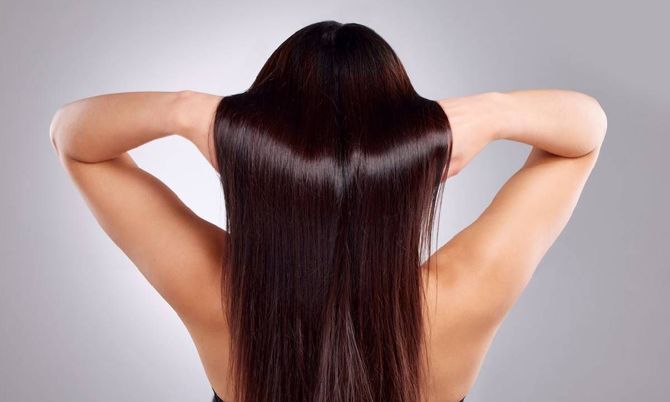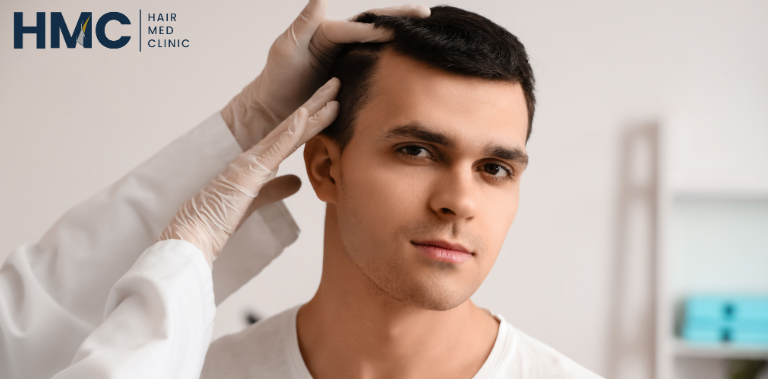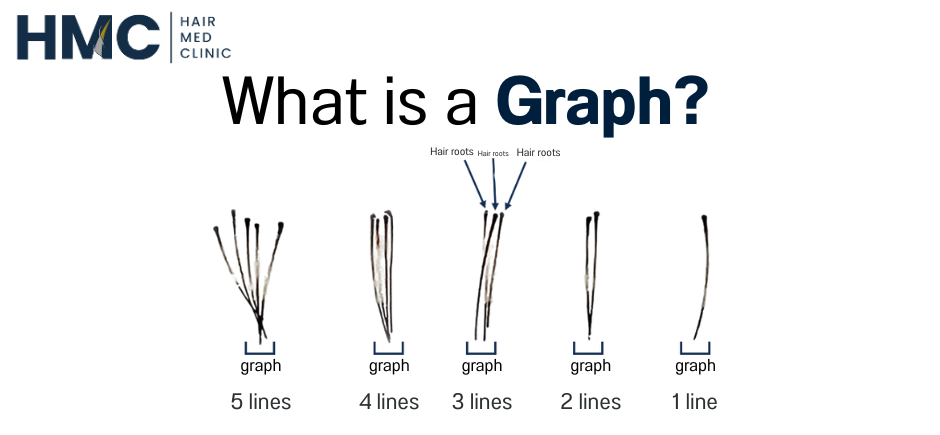Hair is indeed stronger and more resilient than many people realize.
Here are several aspects that highlight the impressive strength and durability of hair:
1. Structural Strength
- Keratin Composition: Hair is primarily composed of keratin,
a tough, fibrous protein that provides structural strength.
Keratin is also a key component in nails and skin, contributing to its overall durability.
- Layered Structure: Each hair strand consists of three layers:
- Cuticle: The outermost layer of overlapping cells that protects the inner layers.
- Cortex: The middle layer containing the majority of the hair’s protein and pigment, providing strength and elasticity.
- Medulla: The innermost core, which is present in some types of hair and contributes to its strength.
2. Resistance to Stress
- Tensile Strength: Hair can withstand significant tensile stress.
On average, a single hair can handle a force of up to 100-150 grams before breaking.
This makes hair quite strong relative to its size.
- Elasticity: Hair can stretch up to 30% of its length without breaking due to its natural elasticity.
This elasticity is crucial for preventing hair from snapping under stress.
3. Durability Against Environmental Factors
- Heat Resistance: While excessive heat from styling tools can damage hair,
it can generally tolerate moderate levels of heat. Hair’s keratin structure gives it a degree of natural heat resistance.
- Sun Exposure: Hair can endure exposure to sunlight and environmental pollutants to some extent.
However, prolonged exposure can lead to dryness and damage, highlighting the need for protective measures.
4. Growth and Regeneration
- Growth Rate: Hair grows approximately 1 to 1.5 centimeters per month under normal conditions.
This growth capacity reflects its resilience and ability to recover from minor damage.
- Regeneration: Hair naturally undergoes a cycle of growth, rest, and shedding.
Healthy hair follicles can regenerate and produce new hair, allowing for repair and maintenance of hair density over time.
5. Adaptability
- Response to Care: Hair can respond positively to proper care and nourishment.
Regular use of conditioners, oils, and gentle handling can enhance hair strength and appearance.
- Adjustments to Treatments: Hair can adapt to various treatments, such as coloring or styling,
although excessive or improper use can lead to damage. Proper techniques and products can help maintain hair health.
6. Durability of Individual Strands
- Strength Compared to Other Materials: Hair is often compared to other natural materials in terms of strength.
For example, the tensile strength of hair is comparable to that of steel when measured relative to its diameter.
Tips for Maintaining Hair Strength
- Healthy Diet: Ensure a balanced intake of vitamins and minerals,
such as biotin, iron, and omega-3 fatty acids, to support hair strength.
- Gentle Care: Avoid harsh treatments, excessive heat,
and tight hairstyles that can stress hair follicles.
- Proper Products: Use shampoos and conditioners suited to your hair type
and avoid products with harsh chemicals.
- Regular Trims: Regularly trim your hair to remove split ends
and prevent breakage.
Understanding these aspects helps to appreciate the remarkable strength and resilience of hair.
Proper care and attention can enhance and maintain its natural durability.







